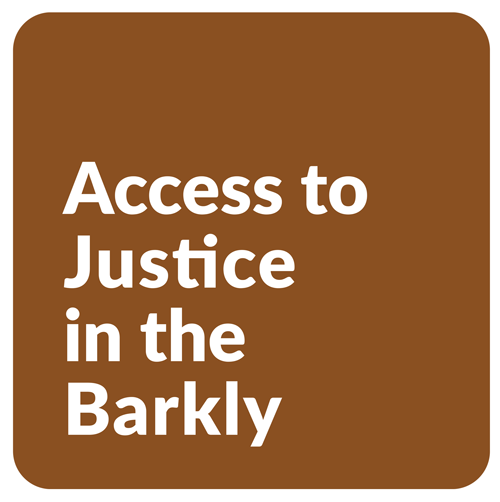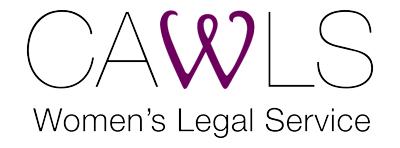Background
With support and funding from the Law Society Public Purposes Trust, the Barkly region’s four legal service providers are delighted to launch the “Access to Justice in the Barkly” Report, which identifies practical ways, despite scarce resources, to improve access to justice for Barkly communities.


Nearly seven in every ten people in the Barkly Region are Aboriginal and/or Torres Strait Islander. Levels of formal education in the Barkly are much lower than across the NT as a whole, and the use of Aboriginal languages is higher. The unemployment rate is three and half times higher than the NT average and the median weekly personal income is less than half that of the NT as a whole. People are more likely to be renting their house than is the case for the NT generally. Access to the internet from the home is much lower in the Barkly, with twice the proportion of people in the region unable to access the internet compared to the NT as a whole.
These statistics are of significance when exploring issues of access to justice – both in terms of legal need and responses to legal problems or disputes. Renouf (2003, p. 18) had noted in the Justice Too Far Away Report that the socio-economic disadvantage in Tennant Creek meant ‘that there is a higher proportion of people eligible for legal aid… [and] it is likely that more people have needs for poverty related legal services such as consumer, housing and welfare law than in most other parts of the Northern Territory’.
Current indicators of disadvantage show little improvement in Tennant Creek and indeed some figures such as unemployment rates have worsened. Further, the indicators of disadvantage are far more pronounced in many of the remote communities of the Barkly, particularly Canteen Creek, Ali Curung, Arlparra, Ampilatwatja, Epenarra, and Alpurrurulam.
The Access to Justice in the Barkly 2020 report is a valuable road map for legal services, government and non government agencies alike.

Related Reports & Resources
Access to Justice in the Barkly 2020 Report
Full Report
(193 pages)
There are a further three shorter, plain language, fact sheets to help you understand what is in the report, as well as a summary of the report, below.
Access to Justice Fact Sheet #1
Overview of findings
(4 pages)
Access to Justice Fact Sheet #2
Community Profiles
(8 pages)
Access to Justice Fact Sheet #3
Recommendations
(2 pages)












